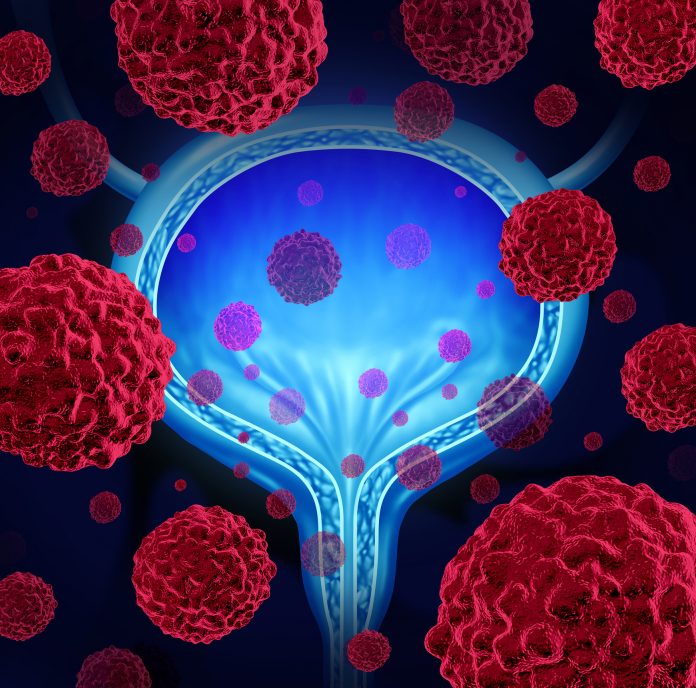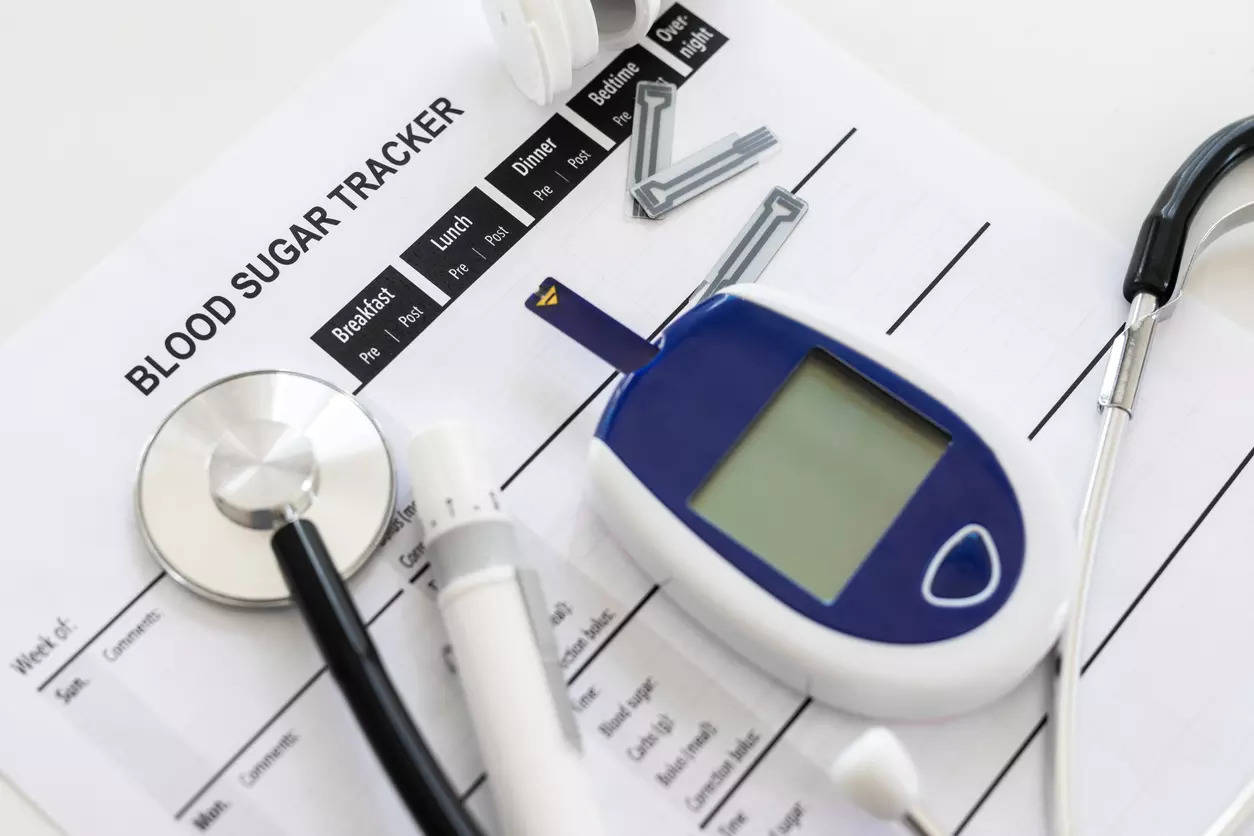Period cramps and menstrual pain are familiar to all gals who get to hang out with their “best friend” for an entire week during that time of the month.
OK, maybe calling a period a woman’s “best” friend is a little much, but admit it: there are times when you really are glad to get yours. Other times, she shows up when you wish she wouldn’t. For example, just before a vacation or when you’re wearing white jeans.
Not to mention, period pain can be the worst.
Why are period cramps painful for some women?
According to the Office on Women’s Health, when you menstruate, your body sheds the lining of the uterus. Menstrual blood flows from the uterus through the small opening in the cervix and passes out of the body through the vagina.
Period cramps are an issue that many women complain about during their time of the month. And, like it or not, period cramps — depending on their severity — are actually not always normal.
To get scientific, your body is going through a process where your prostaglandins are forming in the lining of the uterus, causing muscle contractions. This leads to pain and decreases blood flow and oxygen to the uterus. Menstrual pain has even been compared to labor pains.
While cramps can occur, they actually aren’t supposed to happen with a “normal” cycle. Period cramps with every cycle can indicate higher levels of estrogen or that you have eaten too much sugar, which can cause an inflammatory response inside your body.
So, it’s important to find out (with the help of your doctor) if your period cramps are aligned with your healthy menstrual cycle, or if they’re a sign of something else.
How To Get Rid Of Period Cramps
There are natural and medicinal remedies that reduce the tension from uterine contractions that move the blood from the womb out of your body.
Cramps are no joke; they can seriously be painful and uncomfortable. And while everyone and their mother seems to have their own version of home remedies to treat period cramps, some work, and some not so much.
Every woman’s body is different, so keep in mind that some remedies that don’t work for others might work for you.
1. Change your diet.
A low-fat diet has actually been proven to decrease inflammation in the body, including the uterus.
Drinking things like calming teas can also help. Avoid caffeine, but do consider soothing blends like tea with peppermint oil, herbs, or ginger ingredients.
2. Take painkillers intended for period pain.
Some over-the-counter pills help reduce bloating and painful period cramps. Since there are women who get headaches and nausea during their period, there may be ingredients that remedy that as well.
Ibuprofen and Midol are two of the most commonly used medications. These alleviate the pain, but don’t take more than the recommended dosage, and only use them with your doctor’s permission.
3. Give acupuncture a try.
Holistic practices such as acupuncture may not be everyone’s cup of tea, but there are women who swear by it to help relieve their cramps. Studies have also shown that acupuncture can be effective in alleviating cramps.
In acupuncture, a trained doctor locates pressure points in the body to relieve inflammation, which can happen when your body is responding to pain.
4. Use a heating pad.
The heat from a heating pad reduces inflammation in the abdominal area and improves blood circulation. This can help with back or stomach pain.
But back pain may be more than just a result of a period; it could also indicate higher levels of estrogen, and if you are experiencing a lot of it, you should talk to your doctor.
5. Wear loose clothing.
Heavy blood flow is another common complaint made by women, and finding what to wear can be a challenge. Some lucky women seem to have a “light” flow, but for others, their heavy flow can complicate things quite a bit.
So, rather than wearing your tightest pair of jeans or underwear, stick with loose-fitting clothing. This can alleviate the pressure.
6. Stay hydrated.
Drinking water and staying hydrated is important even when you aren’t menstruating. But dehydration can actually create more painful cramps.
In fact, one study found that “water intake might have modifying role in reducing menstrual bleeding duration, pain killer utilization, and pain intensity during menstrual period.”
So, be sure to drink plenty of water during your time of the month.
7. Get plenty of sleep.
It seems so simple, but your period flow slows down when you are sleeping. One study even found a link between insomnia and dysmenorrhea, or period cramps.
So, be sure you are getting the full 8-10 hours of sleep. If you can’t sleep because of pain, rest as much as you can so your body gets the downtime it needs.
8. Eat an iron-rich diet.
Taking iron pills and eating iron-rich foods like clams and potatoes helps with heavy flow and prevents you from feeling dizzy or nauseated. Even better, eat dark chocolate.
Having your period often leads to iron deficiency, and losing all that blood correlates with a loss of iron. Feeling weak or tired all the time during your cycle proves that you need to add more iron into your body to even it all out.
9. Eat garlic.
Eat garlic-rich foods or use garlic in your meals. Garlic is an anti-inflammatory, meaning it helps relax your uterus and promote blood flow
10. Massage yourself with essential oils.
Rubbing certain essential oils into your abdomen has proven to ease period pain. A 2018 study found that the best essential oils to use include lavender, sage, rose, marjoram, cinnamon, and clove.
Mmix these with a “carrier oil” like coconut oil to help the oil mixture seep into your skin. Be sure to do a spot test to make sure you aren’t allergic before you begin your massage.
11. Exercise.
Studies have proven that doing aerobic exercise for at least 30 mins a day can reduce period pain. Try dancing, walking, running, or biking, and add it to your daily routine.
12. Take a bath.
This method is similar to using the heating pad method, but it’s a bit more effective. When you soak in a bath, heat surrounds your abdomen and your lower back, which is where period pain often strikes.
The submergence into warmth alleviates the pain by reducing inflammation, and can hit all sides at once instead of moving the heat pack around. You can even one-up this method by adding essential oils to the water.
13. Do yoga.
Certain yoga poses have been known to manage period pain.
Try doing a routine that mixes in a few of these poses and see if it works for you: Supported Prone, Supine Twist, Reclined Bound Angle, and Inverted Leg Pose.
14. Take supplements.
Taking certain supplements can affect your period cramps. There have been two recent studies that support this claim.
One 2018 study found that the addition of magnesium could ease period pain. So, add this supplement to your daily vitamins.
5. Find the proper birth control.
It’s no secret that many women take birth control to help with their period symptoms. It regulates and even reduces the pain of cramping.
If no home remedies seem to work for you, consider talking to your doctor about the benefits of going on the pill or other birth control, and if they believe it’s the right course of action.
16. Try a TENS machine.
TENS stands for Transcutaneous Electrical Nerve Stimulation, and is a machine that uses low-voltage electrical currents to reduce and treat pain in the body.
A 2020 study published by the International Journal of Women’s Health found that using a TENS machine not only reduces period pain, but lowers the use of medications for pain.
17. Take CBD.
CBD oil and cannabis were reported to be the most effective treatment for period pain for women with endometriosis (a condition that causes extremely painful periods). CBD reduces inflammation and alleviates chronic pain.
18. Change your sleep position.
Though there is no research on this, many people suggest changing your sleeping position.
The best sleeping position for period pain is the fetal position. This is due to the lack of pressure put on the abdominal and lower back, which are common areas for period cramps.
19. Avoid caffeine.
Caffeine has been shown to block an important hormone in our bodies that makes blood vessels smaller, slowing the flow of blood and thus cramping.
In fact, caffeine can actually make your cramps worse by adding inflammation and bloating to the stomach.
20. Drink herbal tea.
In 2020 a study found that cinnamon, fennel, and ginger could also relieve period cramps. The study also determined that cinnamon can even shorten the time of your period.
Try to find non-caffeinated teas with these ingredients. Chamomile and thyme teas are also very good for period cramps. The heat of the beverage can even relieve period pain, so drink up.
Molly Given is a writer and former contributor to YourTango. Her work has been featured on MSN, Metro, Yahoo Life, Patch, Dan’s Papers and more.










